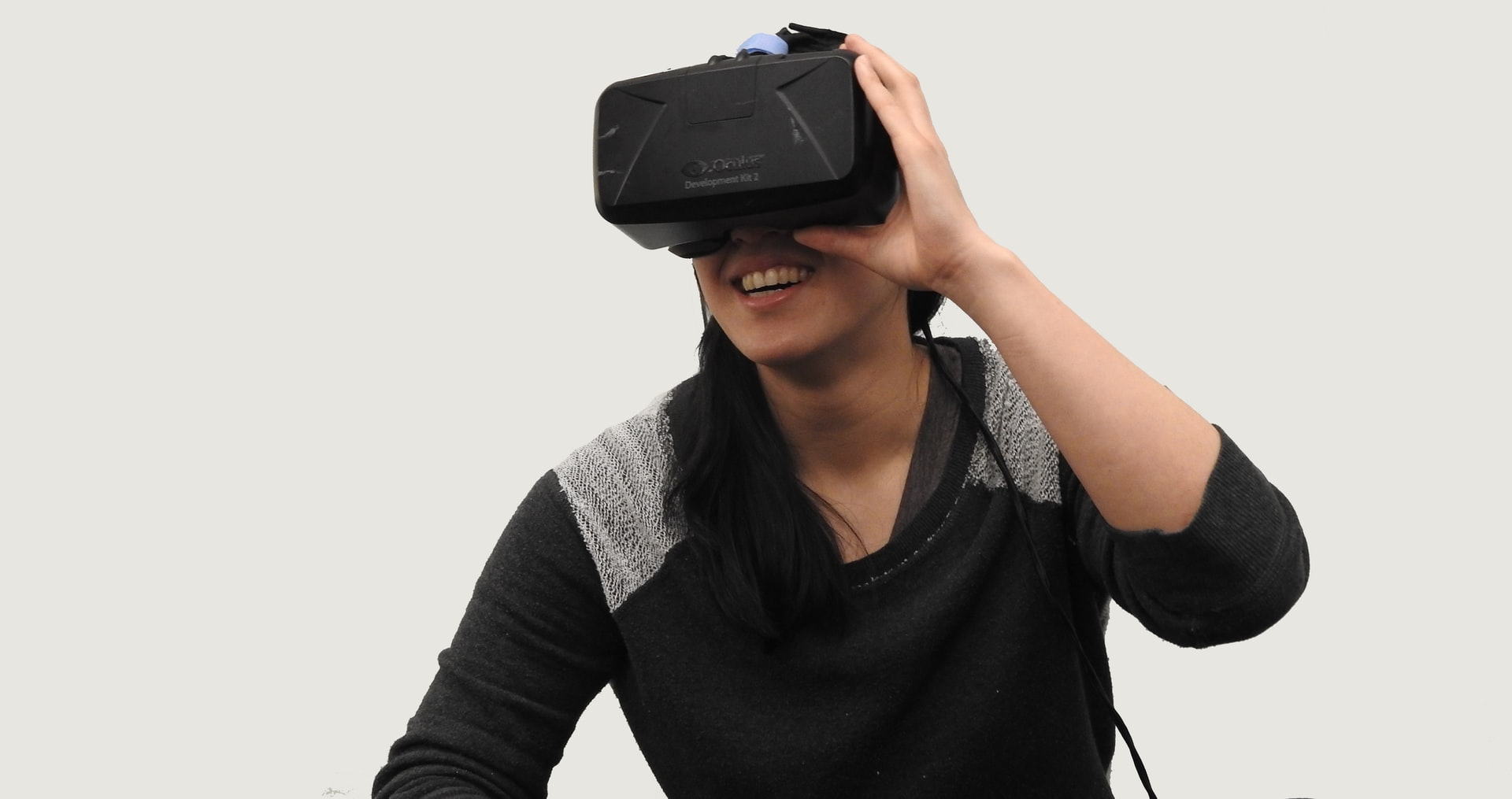What is the definition of virtual reality (also called VR)? VR artificially replicates sensory experience in terms of sight, sound and feeling. The applications that are now on the market (at the end of 2016) are still mainly focused on images and vision. With a VR you can look completely (360 degrees) around you at a virtual world.
With VR, images are created via a special type of software, which are then displayed in glasses. Well-known examples are the Oculus Rift, Samsung Gear, HTC Vive and Google Cardboard. Other companies are investing in this technology. Microsoft is partnering with Intel on Project Alloy. There are rumors about projects that Apple is planning within virtual reality, but especially augmented reality.
What is Augmented Reality?
What is Augmented Reality? Augmented reality actually uses the same technology as virtual reality, only with the difference that you can still see the real environment. For example: with augmented reality you can see the room, but you can also see a miniature race track in the room. It looks like some kind of hologram. Or a digital layer in reality.
So you are partly in a virtual reality as in real reality. With virtual reality you are completely in virtual reality. Flexitrent has a broad product range of virtual reality glasses for b2b and b2c companies.
Tim Cook (CEO of Apple) therefore expects augmented reality to become much larger than virtual reality. The reason for this is that you can use augmented reality very specifically in companies (for example, looking at models together) or in education (for example, looking at a cross-section of the human body together).
A second reason is that we as humans are also social beings. That is why augmented reality suits us much better than completely immersing ourselves in another world.
Practical benefits of Augmented Reality
Augmented Reality has even more advantages over the visual user interaction:
- Making the invisible visible
Images of reality can be enriched with information that cannot be perceived with human senses. In addition to sensor data, this includes data from external data sources such as information from a business management system. Installers, for example, make pipes visible in a wall. Surgeons can look inside the patient to operate accurately.
- Mobile and hands-free
With AR, a user sees all relevant information at a glance when he or she is mobile next to the product or machine. You also have both hands free, so that you can carry out work. Using voice recognition, specific information can be requested or data can be recorded. This makes AR very suitable for guided work instructions, such as for collecting products in a DHL warehouse. People can also carry out repairs without being an expert.
- Adding intelligence
Machine Learning algorithms allow images and associated data to be automatically analyzed. For example, products can be recognized in a supermarket or parts of a machine can be replaced preventively.
- Simulation
Those who link Augmented Reality with predictive analytics can view history as well as simulate future situations. For example, an airport can optimize flight paths.
Integration of AR in the workplace and office
AR is ideally suited for employees in the factory, warehouse, greenhouse or on the road.
I therefore expect AR to deliver a new generation of mobile applications. But they only break through if they are properly integrated with office automation. So that specific work instructions from the business management system can be carried out with an AR application. Whether AR observations on location are directly added to a specific party and the planning is adjusted accordingly.
A seamless integration with business software is therefore crucial to realize the added value of added reality. Flexitrent.com can help you integrate augmented reality in your business.
Medical Applications Of Virtual Reality
Doctors use VR to solve the most challenging medical problems.
Do you also think that virtual reality is only fun for playing games? Time to wake up. The influence and technology of VR cannot be ignored, for example in product design, real estate and other industries. Yet nowhere are the benefits of virtual reality more evident than in the medical world.
Dr. Sachdeva, Director of Education at the American College of Surgeons says: “We are seeing more and more applications with VR technology here, virtual reality has reached a turning point in medicine.”
The benefits of VR are being experienced in various fields within medicine. Psychologists have successfully used it to treat post-traumatic stress disorder, but stroke doctors, surgeons and other doctors have discovered in their own ways how VR improves their treatments. Sometimes the well-known headsets are used, other times they use 3D glasses or special video screens that give a VR-like experience.
The use of virtual reality or 3D visualizing technology is of course not new. 3D models of, for example, patients’ organs have been used since the 1990s. But advances in computers mean that images can be made much more realistic – and much faster.
X-rays, CT and MRI scans can now be converted into high-resolution 3D images in under a minute, according to Sergio Agirre, CTO of EchoPixel. The visualization software of this company is used in hospitals worldwide. “Twenty years ago something like that might take a week.”
Virtual reality also helps patients who struggle with balance and mobility problems as a result of brain haemorrhage or head wounds.





